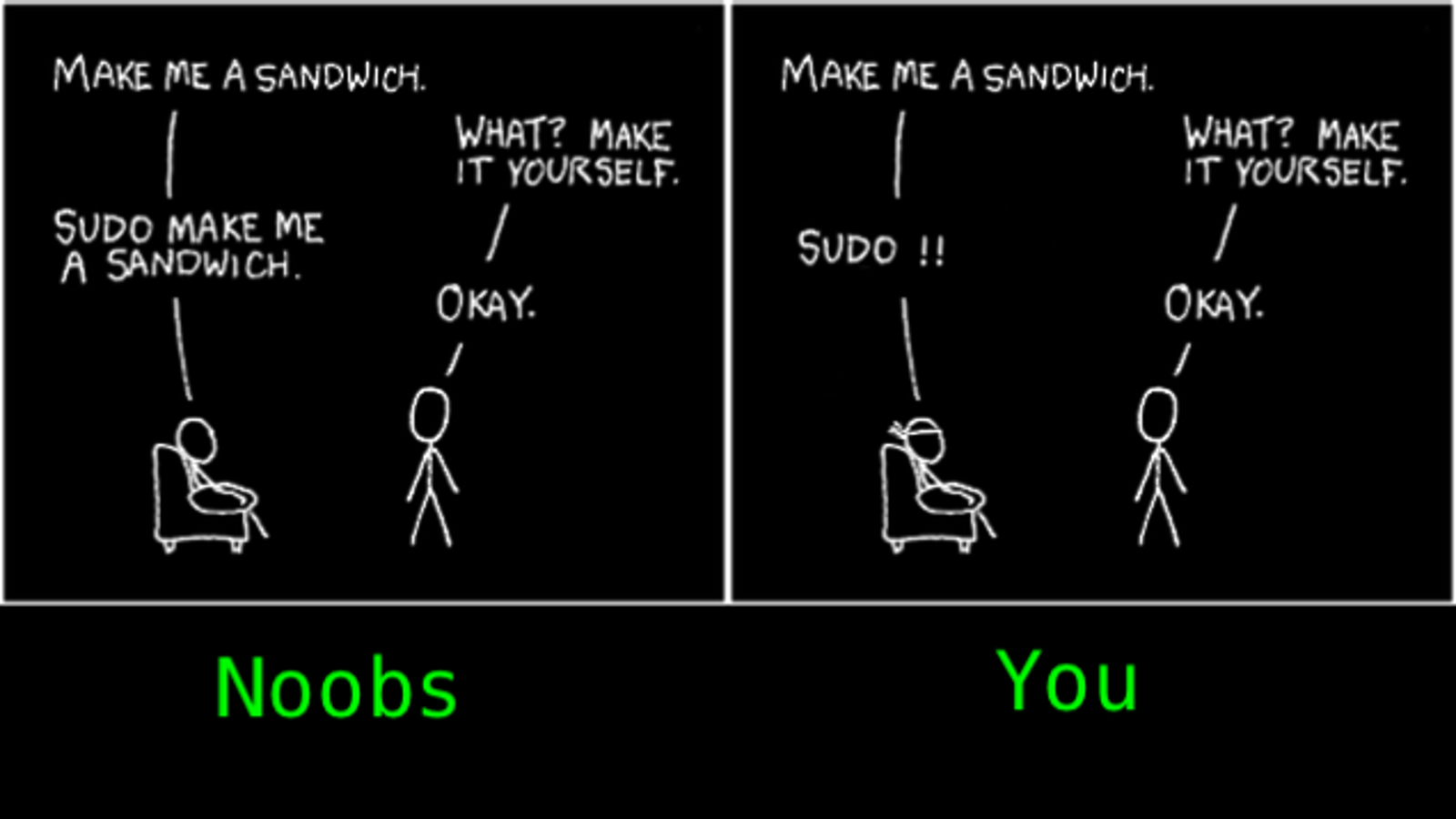Mac Run App From Terminal
These apps are not directly in the /Applications directory. In general, each GUI app will be in its own directory. So, if you wanted to run lots of GUI apps from Terminal by typoing only the name of the app, you would have to add something to your path for each app. Mac app file structure. Mac App Store: The Mac will only run apps downloaded from the Mac App Store. Mac App Store and identified developers: When you try to open a new app and it’s not on the list of identified. Installing applications on macOS and OS X computers is easy to do when deploying the apps as packages through the Terminal using the Installer command for quiet deployments across your network.
Terminal User Guide
You can use the command-line environment interactively by typing a command and waiting for a result, or you can use the shell to compose scripts that run without direct interaction.
Execute commands in the shell
In the Terminal app on your Mac, enter the complete pathname of the tool’s executable file, followed by any needed arguments, then press Return.
If a command is located in one of the shell’s known folders, you can omit path information when entering the command name. The list of known folders is stored in the shell’s PATH environment variable and includes the folders containing most command-line tools.

For example, to run the ls command in the current user’s home folder, enter the following at the command prompt, then press Return:
To run a command in the current user’s home folder, precede it with the folder specifier. For example, to run MyCommandLineProg, use the following:
% ~/MyCommandLineProgTo open an app, use the open command:
When entering commands, if you get the message command not found, check your spelling. Here’s an example:
Run Application From Terminal Mac
% opne -a TextEdit.app zsh: opne: command not foundTerminate commands
In the Terminal app on your Mac, click the Terminal window that is running the command you want to terminate.
Press Control-C.
This sends a signal that causes most commands to terminate.
Repeat previously entered commands
Mac Run App From Terminal File
The commands you enter during a session are saved so you can repeat a previously used command without retyping it.
In the Terminal app on your Mac, press the Up Arrow key.
/how-do-i-uninstall-an-app-on-mac-pro.html. The last command you entered appears on the command line.
Continue pressing the Up Arrow key until you see the command you want, then press Return.
I have logged into the admin account using Terminal and attempted to launch Console.app with the following command..
$ open /Applications/Utilities/Console.app
However, this yields the following error..
LSOpenURLsWithRole() failed with error -10810 for the file /Applications/Utilities/Console.app.
Is there any way for me to open Console.app as the admin from a non-admin account?
Regards

2.4Ghz MacBook Pro - Santa Rosa, Mac OS X (10.6.2)
Apple Apps For Windows
Posted on